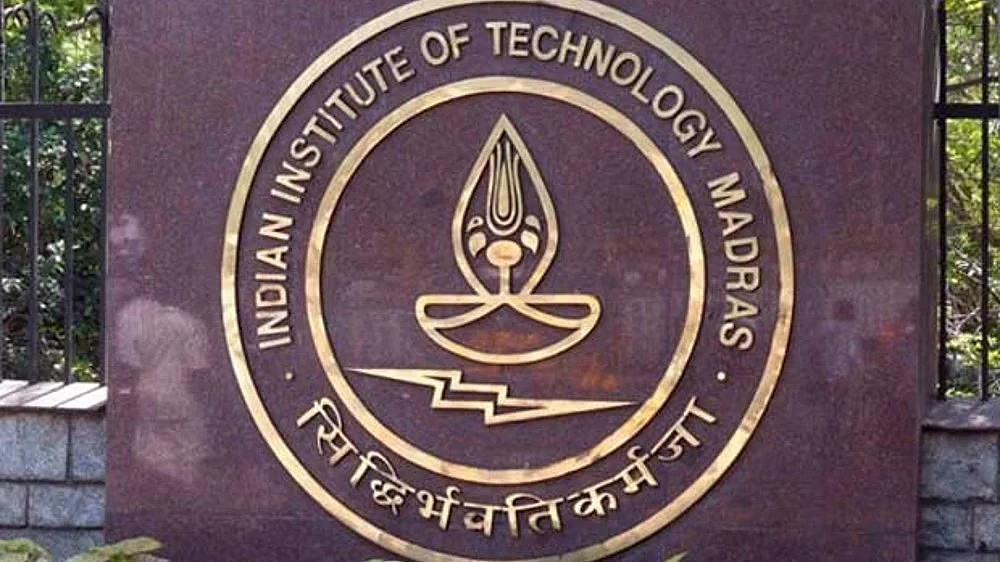IIT-M develops Data Analytics approach to detect petroleum underground
Accordingly, the researchers used this approach to analyze data obtained from seismic surveys and well logs from the north Assam region known for its petroleum reserve.

CHENNAI: Indian Institute of Technology Madras (IIT Madras) Researchers have developed a statistical approach that can characterize subsurface rock structure and detect petroleum and hydrocarbon reserves.
The method proposed was successful in providing critical information on the rock type distribution and hydrocarbon saturation zones in ‘Tipam formation’ located in the upper Assam basin, an IIT-Madras release here on Friday said.
Accordingly, the researchers used this approach to analyze data obtained from seismic surveys and well logs from the north Assam region known for its petroleum reserve. They were able to get accurate information on the rock type distribution and the hydrocarbon saturation zones at such depth zones of 2.3km.
Characterizing underground rock structures is a challenging task. Seismic survey methods and well-log data are used to understand the structure underneath the earth’s surface. In a seismic survey, acoustic vibrations are sent through the ground.
As the waves hit various rock layers, they are reflected with different characteristics. The reflected waves are recorded and the underground rock structure is imaged using the reflection data. The well-logs contain details of various layers of the earth seen when digging an oil well.
Since the discovery of the Digboi oilfield in upper Assam more than 100 years ago, the Assam-Arakan has come to be characterized as a ‘category-I’ basin to denote that they have significant amounts of hydrocarbon reserves. Petroleum is found in the pore space of hydrocarbon-bearing underground rock formations. The identification of petroleum reservoirs in the oil-rich basins of Assam requires a survey of the rock structure of this region and the detection of hydrocarbon saturation zones in them.
Elaborating on the need for such research, Prof. Rajesh R. Nair, Professor of the Petroleum Engineering program, Department of Ocean Engineering, IIT Madras, said, “The challenge to imaging underground structures arises from the low resolution of the seismic images and the difficulty in correlating the data from well-log and seismic surveys. Our team at IIT Madras has developed a methodology for predicting the hydrocarbon zones from the complex well log and seismic data.”
Visit news.dtnext.in to explore our interactive epaper!
Download the DT Next app for more exciting features!
Click here for iOS
Click here for Android



